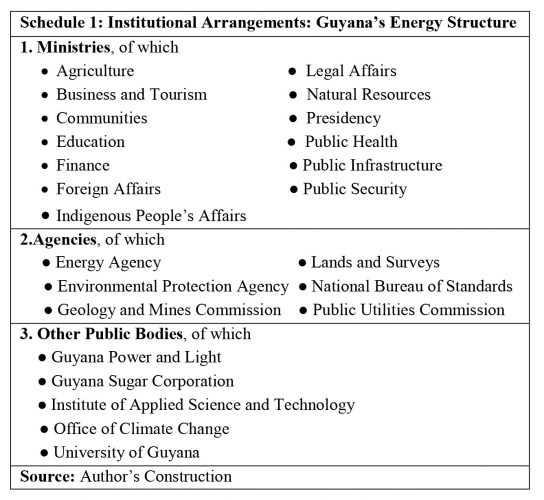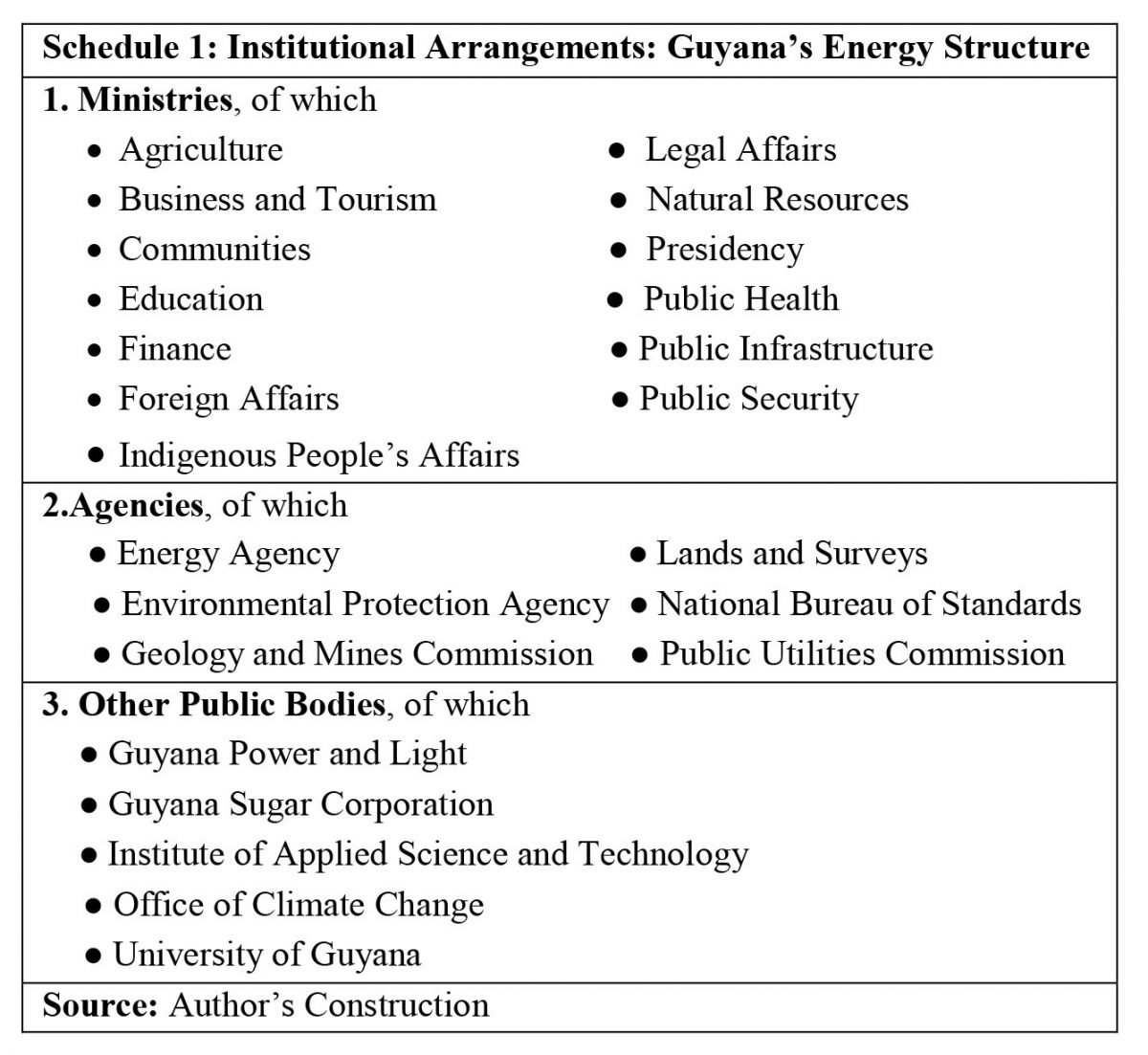Introduction
Last week’s column highlighted the two Government of Guyana’s (GoG) foundational spending recommendations that I make, based on Guyana’s projected petroleum revenues. Specifically, these recommendations are: 1) to provide strategic sustained investment in Guyana’s renewable energy resources and 2) to support my call for direct cash transfers to households, otherwise known as the Buxton Proposal. This week’s column elaborates on the first of the two above-listed recommendations. Both recommendations were briefly addressed last week. However, today’s focuses on the strategic direction of the proposed investment in renewable energy.
Simply put, this direction is captured in Guyana’s solemn national commitment (at both the regional and international levels), to the sustainable utilisation of renewable energy as the center-piece of its aspirational goals for global, as well as national development. In concrete terms, these goals are declared in, but not limited to: 1) the United Nations Sustainable Development Goals (SDGs); 2) regional goals like the CARICOM Sustainable Energy Roadmap and Strategy, (C-SERMS); as well as 3) Guyana’s national goals as stated in the Guyana Green State Development Strategy (GGSDS). These were indicated in last week’s column.
Two years earlier, I had made the following observation which I believe remains true today: “the most cursory review of Guyana’s history, geography, economy, and resource endowment would certainly reveal that, next to the richness of its diverse peoples and cultures, Guyana’s greatest resource endowment lies undoubtedly in its quite abundant natural resources”. I had gone on to recall that, I was reviewing at the time Guyana’s resource endowment for my Sunday columns on the country’s extractive industries. Above all else, that review pointed to the pressing need for Guyana to develop “dynamic and sustainable linkages” between its extractive sector industries (spearheaded by recent natural gas and oil finds) and the structural transformation of the economy into a regime that promotes sustained equitable growth in real GDP per person.
That review had further argued there is a fundamental contradiction between the pursuit of an oil- dependent economic growth strategy and the development of the “Green State”. Indeed, this contradiction forms much of the basis for my earlier rejection of a state-owned oil refinery and declaration in favour of a strategic economic option for natural gas development, as the replacement downstream petroleum value added investment.
Renewables Endowment
There is widespread acknowledgement among researchers and analysts that, Guyana possesses: “a wide array of opportunities … within the renewable energy sector” Go-Invest (2017). These opportunities include: hydropower. Here estimates range from 7 to 10 thousand MW from at least 60 sites. Further, there are: 1) solar energy (seven hours of sunshine per day, at an average of 5.1 kilowatts per square metre); 2) bagasse (already supplying about 8% of national energy); 3) wood, charcoal, rice husk, wood waste, other biomass (over 80 percent of the land areas is forested or woodlands); 4) wind; and 5) tidal energy. The problem is that there is no inventory and clear scientific fix on each of these renewable energy potentials in the country.
The global data which were supplied last week show that over the past three decades renewable energy growth has exceeded global energy growth; thereby leading to greater renewable energy intensity of global GDP. Furthermore, over the same three decades, renewable energy supply, while accounting originally for 9.4% of global energy, today this ratio has reached about one-quarter!
Contrastingly, we find Guyana has imported about 6 million barrels of petroleum products recently, when compared to 4 million barrels in 2010! This performance is the direct opposite of the global trend. It, therefore, supports my recommendation for renewable energy investment in Guyana as a national priority. These data also reject the present circumstance, in which the electricity sector is 92% dependent on imported “dirty” fossil fuels given our Green State ambitions.
The Institutional Structure
In my original formulation, I had made the case that Guyana’s existing legal and administrative superstructure, which governs the renewable energy sector, is exceedingly complex and complicated. Consider the two main dimensions of this superstructure. First, at a rough count, there are at least thirteen Ministries with varying, but substantial, say in the performance outcomes of the renewable energy sub-sectors. Additionally, there are six Government Agencies, as well as five other Public Bodies, which significantly impact on renewable energy operations!
Schedule 1 reveals this range and complexity.
 Schedule 2 below indicates the several key pieces of legislation (and their subsequent Amendments), which presently govern Guyana’s renewable energy activities. These range from specific sectors/concerns, such as petroleum and electricity, to broad diverse and complex matters, such as environment and public utilities.
Schedule 2 below indicates the several key pieces of legislation (and their subsequent Amendments), which presently govern Guyana’s renewable energy activities. These range from specific sectors/concerns, such as petroleum and electricity, to broad diverse and complex matters, such as environment and public utilities.
Next week I wrap-up this discussion, with added elaboration on the case for a dedicated Ministry of Renewable Energy.







